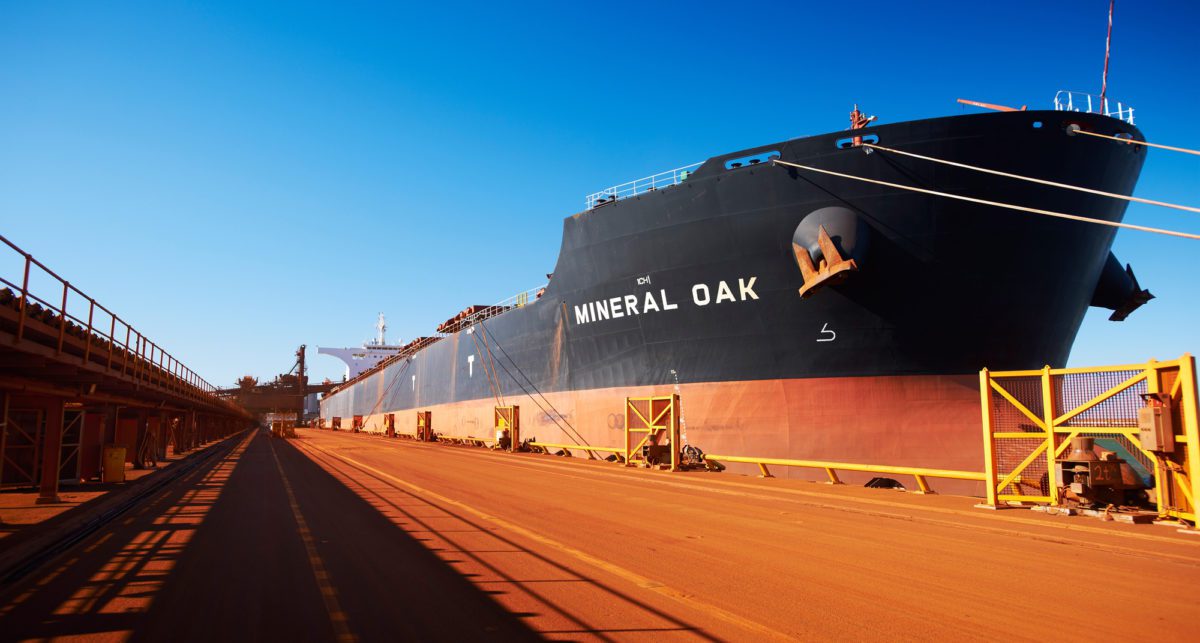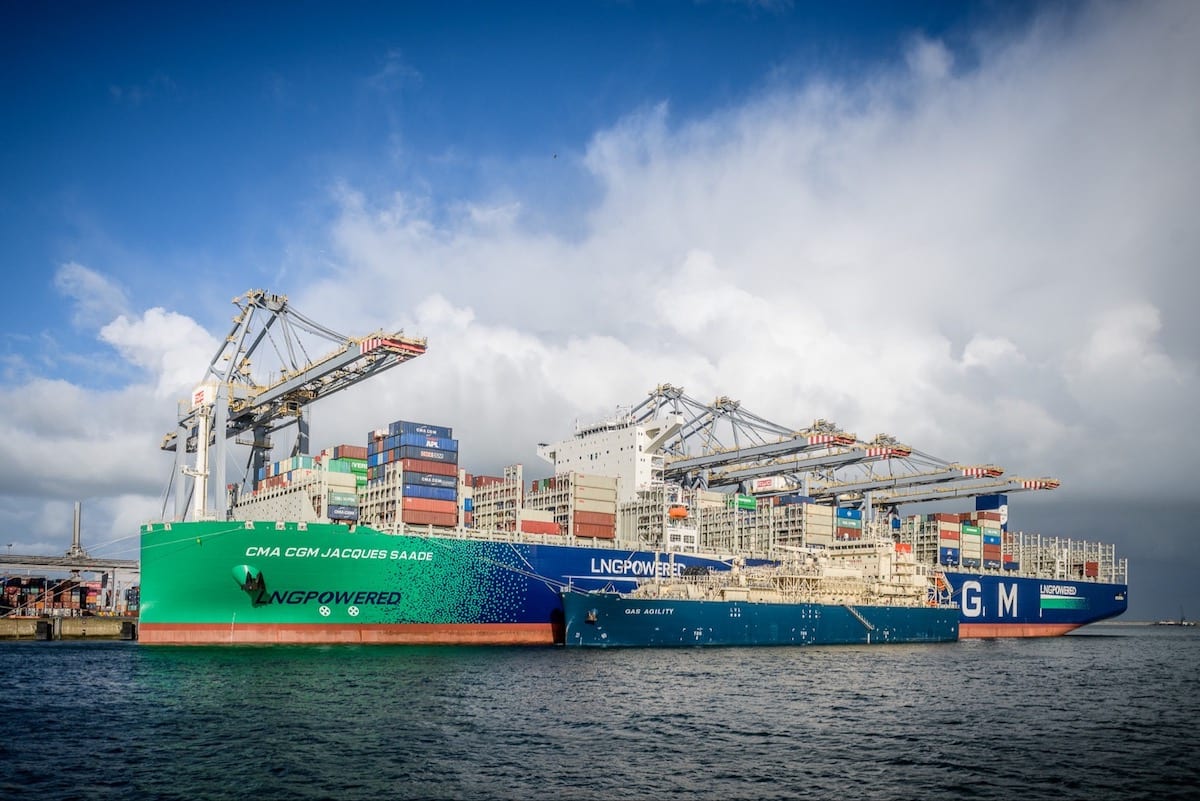Image courtesy BHP Billiton
(Bloomberg) — A 39 percent jump in iron-ore cargoes over the next three years will fail to offset a surplus of the biggest ships hauling the steelmaking commodity, keeping rates at unprofitable levels, said DVB Bank SE.
Annual shipments of iron ore will rise to 1.5 billion metric tons in 2015 from last year’s 1.08 billion tons, the transportation lender’s Rotterdam-based research unit estimated in a report yesterday. Coal cargoes will increase 17 percent over the same period to 1.3 billion tons, it showed.
While demand for raw materials will remain “robust,” ship rates will stay under pressure because of a “huge overhang” of vessels, DVB said. The global oversupply of dry-bulk carriers will peak this year and the fleet utilization rate will climb to 87 percent by 2015 as the excess shrinks, the report showed.
“However, this increase is still below the 90 percent to 93 percent utilization rate threshold required to witness a sustained uptick in earnings,” the bank said.
The Baltic Dry Index, a measure of costs to carry minerals and grains by sea, reached its lowest annual average since 1986 last year. The gauge declined in four of the past five years as the dry-bulk fleet expanded 85 percent, slashing earnings and cutting ship values as much as 81 percent. It rose 1.7 percent to 820 today, the ninth climb in 10 sessions.
9,597 Ships
Iron ore is the second-biggest commodity hauled by ships after crude oil. The world fleet of 9,597 dry-bulk vessels had a total capacity of 661.5 million deadweight tons as of January, DVB’s figures showed.
The ore makes up 74 percent of cargo demand for the world’s Capesize fleet, according to DVB. Owners of the biggest Capesizes, known as very large and ultra-large bulk carriers, “will find it tough to maintain positive cash flows” if they rely on earnings from single-voyage hires, the bank said.
The biggest Capesizes can carry as much as 400,000 metric tons of cargo. Iron ore accounts for about 90 percent of shipments handled by vessels of that size, DVB said. Those owners are experiencing the biggest drops in asset values and earnings, in overall decline since 2008, the report showed.
“Most owners have struggled to meet even their operating costs, let alone financing costs,” the bank said.
The dry-bulk fleet expanded to a current capacity of 679.2 million deadweight tons from 368 million tons in 2007, data from Clarkson Plc, the world’s biggest shipbroker, showed. Prices for secondhand Capesizes fell as low as $29.5 million in February after peaking at $153.8 million in July 2008, according to figures from the London-based Baltic Exchange.
Daily average Capesize charter costs as assessed by the exchange rose 2.8 percent to $4,380 today as Panamaxes, which carry about 25 percent less cargo, advanced for a 21st session to $8,721. Supramax vessels gained 2.3 percent to $8,752 and Handysizes, the smallest ships tracked by the index, climbed 1.2 percent to $7,040.
– Michelle Wiese Bockmann, Copyright 2013 Bloomberg.
Unlock Exclusive Insights Today!
Join the gCaptain Club for curated content, insider opinions, and vibrant community discussions.

 Join The Club
Join The Club













